Sleep Better: Discover the Best LED Light Color for Quality Slumber (Hint: It’s Not Red!)
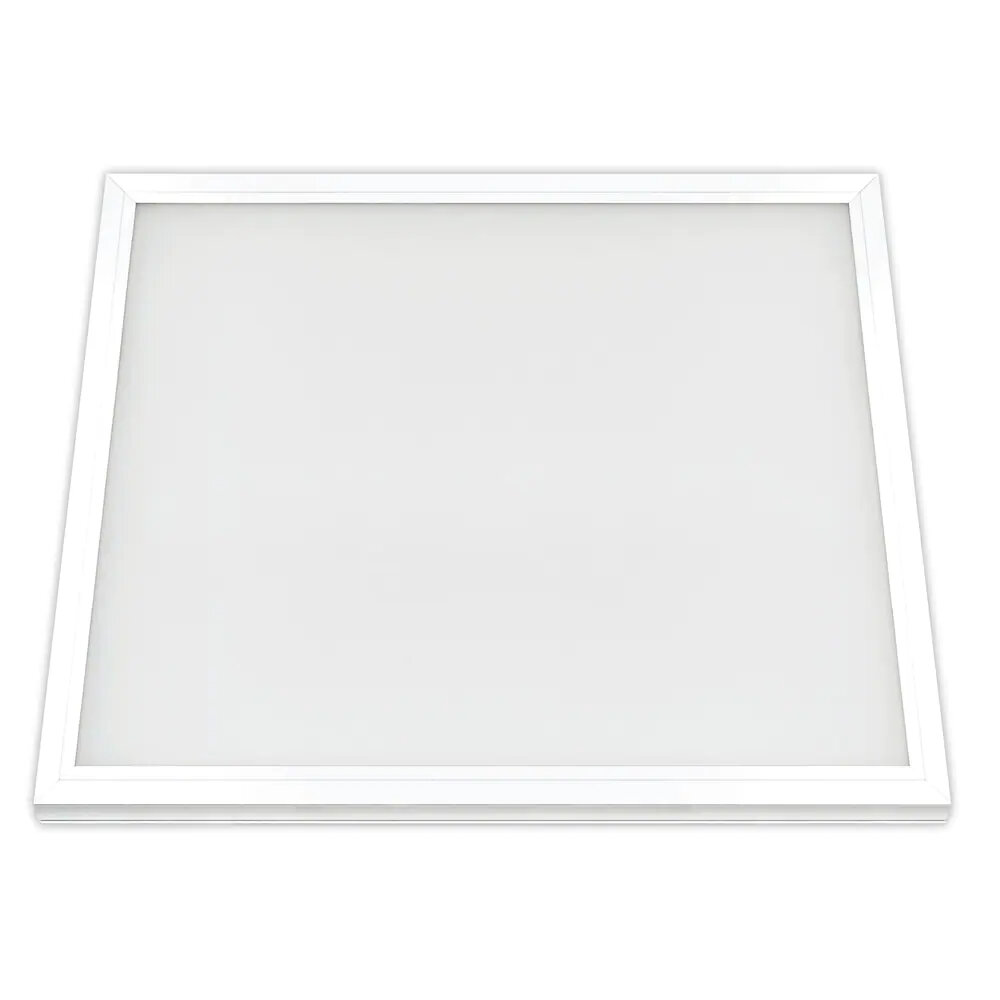
As our lives get busier and more fast-paced, getting enough sleep becomes more and more challenging. Many of us struggle to get the recommended seven to eight hours of restful sleep each night, which can lead to a host of issues, including fatigue, mood swings, and difficulty concentrating. While there are many factors that can affect the quality of our sleep, one that is often overlooked is the color of the light in our sleeping spaces. Recent research has shown that different colors of light can have a significant impact on our ability to fall asleep and stay asleep. In particular, blue light, which is emitted by many electronic devices and LED bulbs, has been shown to disrupt our circadian rhythms and suppress the production of the sleep-inducing hormone melatonin. However, not all LED light colors are created equal when it comes to sleep quality. In this article, we will explore the best LED light color for quality slumber and provide tips for optimizing your sleep environment to ensure that you get the restful, restorative sleep that your body and mind need to function at their best.
Sleep is an essential biological process that allows the body and mind to rest, repair, and rejuvenate. It is crucial for maintaining physical health, cognitive function, emotional wellbeing, and overall quality of life. During sleep, the body produces hormones that regulate metabolism, growth, and immune function. Meanwhile, the brain consolidates memories, processes emotions, and clears out toxins that accumulate during waking hours. Lack of sleep or poor sleep quality can lead to a range of health problems, including obesity, diabetes, hypertension, depression, anxiety, and cognitive impairment. Therefore, getting enough high-quality sleep is crucial for optimal health and wellbeing.
Light plays an essential role in regulating our sleep-wake cycle. Exposure to light, especially blue light emitted by electronic devices, suppresses the production of the sleep hormone melatonin, making it difficult to fall asleep and stay asleep. On the other hand, exposure to warm, amber light promotes the production of melatonin, helping us to relax and fall asleep faster. The optimal LED light color for quality slumber is warm white or amber, with a color temperature of 2000K-3000K. This type of light mimics the warm glow of a sunset, signaling our bodies that it’s time to wind down and prepare for sleep. By choosing the right LED light color, we can improve our sleep quality and wake up feeling refreshed and energized.
In the quest for a good night’s sleep, many people have turned to red LED lights in their bedrooms, believing that this color is the optimal choice for quality slumber. However, recent research has shown that this assumption is not entirely accurate. While red light may be beneficial for relaxing and winding down before bed, it can actually disrupt our natural sleep cycle and lead to poorer sleep quality overall. In fact, the best LED light color for quality slumber is a soft, warm white light that mimics the natural colors of sunset and helps our bodies prepare for restful sleep. By making this simple change to your bedroom lighting, you may find that you wake up feeling more refreshed, energized, and ready to take on the day.
What Science Says About Light and Sleep
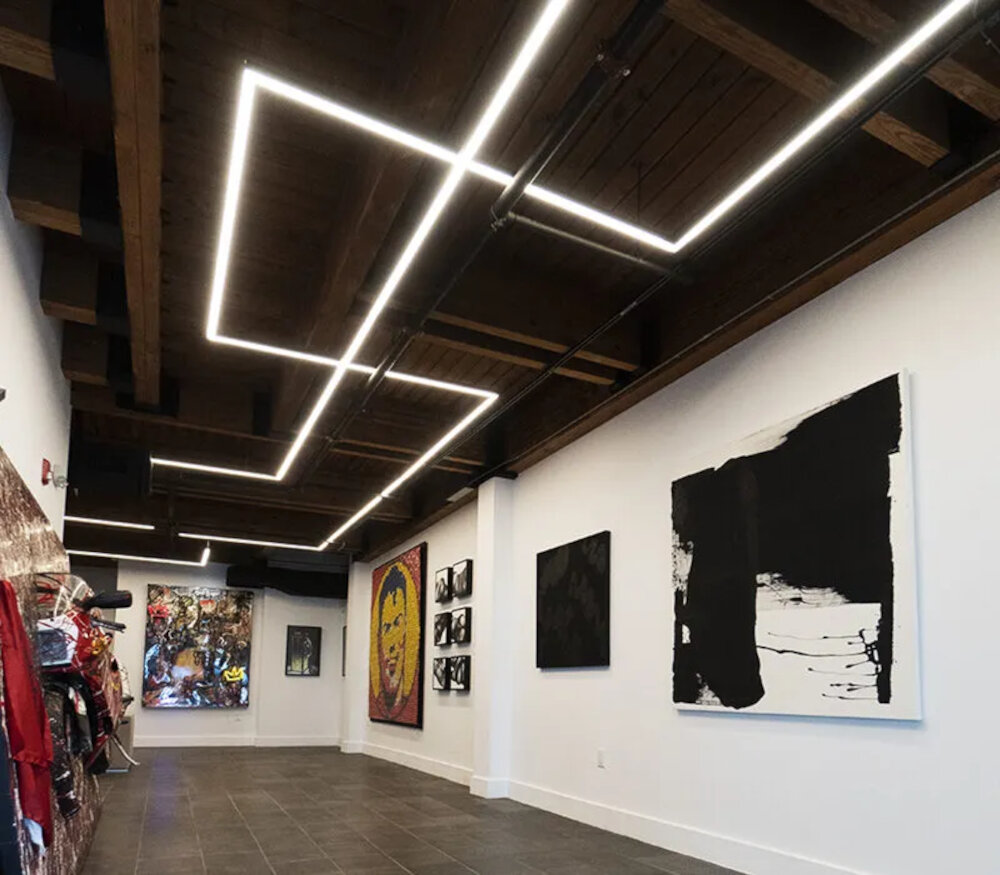
Light plays a crucial role in regulating our sleep-wake cycle. It helps our body to determine when it’s time to wake up and when it’s time to go to bed. Our internal clock, also known as circadian rhythm, is sensitive to the light and dark cycle. When we are exposed to bright light, it signals our body to wake up and become alert. On the other hand, when we are exposed to dim light, it signals our body to produce melatonin, a hormone that helps us fall asleep. Science has shown that blue light, which is emitted from electronic devices, suppresses the production of melatonin and disrupts our sleep cycle. Therefore, it is important to avoid blue light exposure before bedtime. Research has also shown that the color temperature of light affects our sleep quality. Color temperature is measured in Kelvin and it refers to the warmth or coolness of light. A higher Kelvin value represents cooler or bluer light, while a lower Kelvin value represents warmer or yellower light. Blue light has a high Kelvin value, while warm light has a low Kelvin value. A study published in the Journal of Environmental Psychology found that people who slept in a room with warm light (around 2700K) had better sleep quality compared to those who slept in a room with cool light (around 6000K). Therefore, it is recommended to use warm light in the bedroom to promote quality sleep.
The circadian rhythm is a natural, biological process that regulates the body’s sleep-wake cycle, hormone production, and other physiological functions. This rhythm is controlled by an internal biological clock located in the brain that responds to environmental cues such as light and darkness. The circadian rhythm typically follows a 24-hour cycle, with the body naturally feeling sleepy at night and more alert during the day. Disruptions to the circadian rhythm, such as those caused by exposure to artificial light at night, can lead to sleep disturbances and other health problems. Understanding the circadian rhythm and how it can be influenced by light can help individuals optimize their sleep and overall well-being.
The circadian rhythm is an internal biological clock that regulates the sleep-wake cycle of living organisms. Blue light, which is abundant in electronic devices and LED lighting, has been found to disrupt this rhythm by suppressing the production of melatonin, a hormone that induces sleep. Exposure to blue light at night has been linked to increased alertness, decreased quality of sleep, and a plethora of health problems, including obesity, depression, and cardiovascular disease. To mitigate the negative effects of blue light, experts recommend avoiding electronic devices for at least an hour before bedtime, using warm or amber-colored lighting in the evening, and investing in blue light-blocking glasses or screen protectors. By incorporating these strategies, individuals can optimize their sleep and improve their overall health and well-being.
While red light has been touted as a sleep-friendly option due to its low blue light emission, research suggests otherwise. Exposure to red light can actually disrupt the circadian rhythm, making it harder to fall and stay asleep. This is because the human body is wired to associate red light with dawn and dusk, triggering the release of cortisol which can interfere with the production of melatonin. Furthermore, red light has been shown to suppress the production of melatonin, a hormone that regulates sleep, leading to further sleep disturbances. As such, it’s best to avoid using red light in the evening and opt for warmer, amber-toned lights instead.
The circadian rhythm is a crucial part of our body’s internal clock, regulating various physiological processes throughout the day, including sleep. The impact of light on the circadian rhythm has been extensively studied, and it’s been found that exposure to blue and white light in the morning can help reset the body’s clock and promote wakefulness during the day. On the other hand, exposure to warmer colors like red, orange, and yellow can have a calming effect and promote relaxation, making them suitable for evening use. However, it’s essential to note that excessive exposure to any light, regardless of its color, can disrupt the circadian rhythm and negatively affect sleep quality.
Best LED Light Color for Quality Slumber
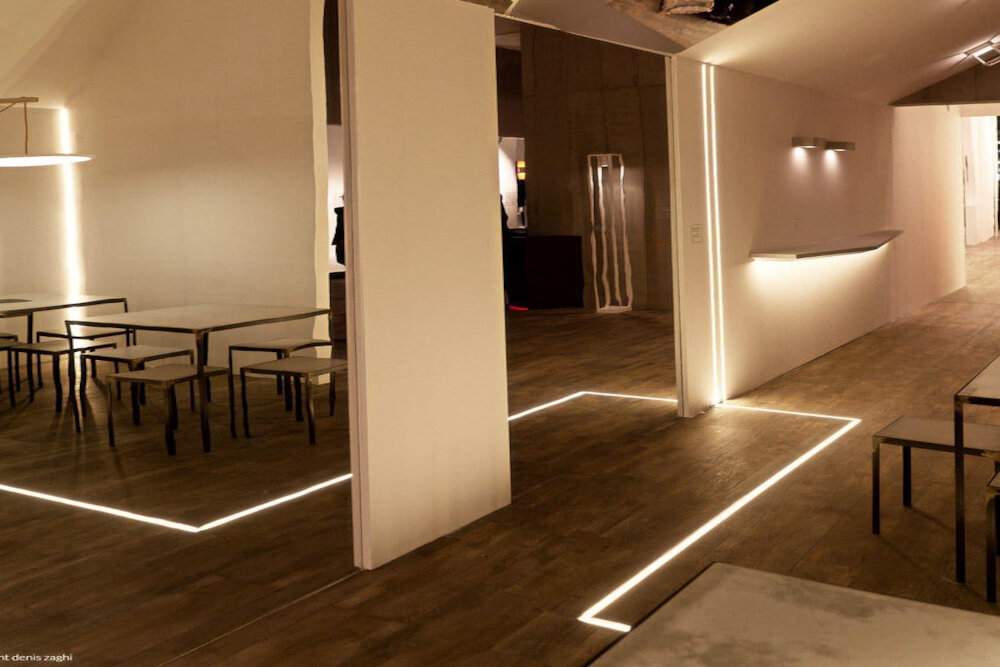
Getting enough quality sleep is essential for our physical and mental health. However, many of us struggle to fall asleep or stay asleep throughout the night. One factor that can greatly impact our sleep quality is the type of light we are exposed to before bedtime. LED lights have become increasingly popular in recent years due to their energy efficiency and long lifespan. However, not all LED lights are created equal when it comes to promoting quality slumber. The best LED light color for quality sleep is actually blue. Research has shown that exposure to blue light before bed can suppress the production of melatonin, a hormone that regulates sleep-wake cycles. This can make it harder to fall asleep and stay asleep throughout the night. However, not all blue light is created equal. Blue light with a wavelength of around 480 nanometers has been shown to have the most significant impact on melatonin production. This type of blue light is often found in electronic devices such as smartphones, laptops, and televisions. Therefore, it’s important to avoid exposure to these devices before bed and instead opt for LED lights with warm, amber tones that promote relaxation and help prepare the body for sleep.
The best LED light color for quality slumber is actually not red, as commonly believed. Blue light has been shown to suppress melatonin production, which is the hormone that regulates sleep. On the other hand, warm and amber-colored lights have a calming effect on the nervous system, making it easier to fall asleep and stay asleep. This is because these colors have a longer wavelength and lower color temperature than blue light. Additionally, using dimmer lights in the evening and avoiding bright screens before bedtime can also promote better sleep. By choosing the right LED light color and adjusting your nighttime routine, you can improve the quality of your slumber and wake up feeling more refreshed and energized.
The color blue is the best LED light color for quality slumber. Blue light has been found to be the most effective color in regulating our sleep-wake cycle. It helps to suppress the production of melatonin, which is a hormone that regulates our sleep, and increase our alertness. When we are exposed to blue light during the daytime, it can help us stay awake and alert. However, when we are exposed to blue light before bedtime, it can disrupt our circadian rhythm and make it harder for us to fall asleep. Therefore, using blue light during the daytime and avoiding it before bedtime can help us regulate our sleep-wake cycle and improve the quality of our sleep.
When it comes to the impact of colors on sleep, it is essential to know how different hues affect our rest. For example, blue, green, and white light have been linked to better sleep quality than red or yellow light. Blue light, for example, can suppress melatonin production, which can make it harder to fall asleep, but it can also help regulate our circadian rhythms. Additionally, green light has been found to reduce sleepiness and increase alertness, while white light can help increase melatonin production and promote a more restful sleep. Overall, it’s important to consider the impact of different colors on our sleep quality and choose the right LED light color to ensure a good night’s rest.
Tips for Better Sleep
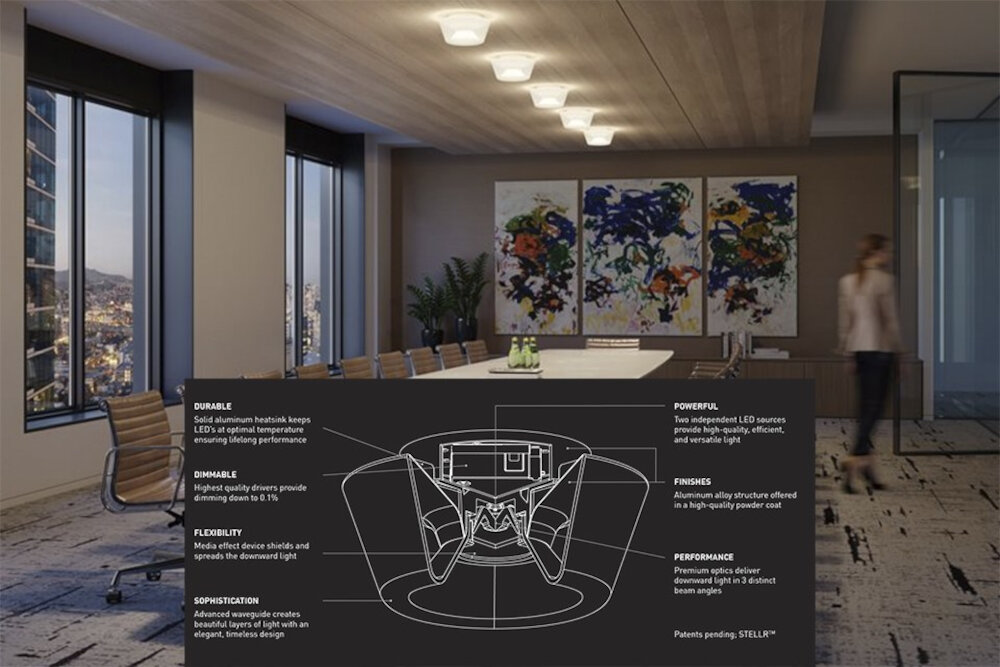
Getting a good night’s sleep is important for overall health and well-being. Unfortunately, many people struggle with falling asleep or staying asleep throughout the night. However, there are several tips that can help improve the quality of your sleep. First and foremost, it’s important to establish a consistent sleep routine. This means going to bed and waking up at the same time every day, even on weekends. It also means avoiding stimulating activities, such as watching TV, using electronic devices, or exercising, in the hours leading up to bedtime. Instead, wind down with a relaxing activity, such as reading or taking a warm bath, to signal to your body that it’s time to sleep. Another important factor in getting better sleep is creating a sleep-conducive environment. This includes keeping your bedroom cool, quiet, and dark. Consider investing in blackout curtains, earplugs, or a white noise machine to block out any external distractions. Additionally, choosing the right lighting can make a big difference in your ability to fall asleep and stay asleep. While many people believe that red light is the best choice for sleep, research has found that blue-green light, such as that emitted by certain LED bulbs, can actually be more effective in promoting a natural sleep cycle. By following these tips, you can improve the quality of your sleep and wake up feeling refreshed and energized.
Aside from the color of the LED lights, there are several other factors that can affect the quality of our sleep. Noise pollution, room temperature, and the comfort of our bed and pillows can all play a role in how well we rest. Stress and anxiety can also make it difficult to fall asleep and stay asleep throughout the night. Additionally, our daily habits and routines, such as caffeine consumption, exercise, and screen time before bed, can impact the quality of our sleep. By addressing these various factors and making adjustments where necessary, we can improve our sleep hygiene and enjoy more restful nights.
Having a sleepconducive environment is essential for getting a good night’s rest. Here are some tips for creating such an environment: First, make sure the room is cool, quiet, and dark. This means turning off any electronics that emit light or sound, investing in blackout curtains or an eye mask, and setting the thermostat to a comfortable temperature. Second, choose a comfortable mattress and pillows. Third, keep the bedroom tidy and free of clutter. Finally, consider incorporating LED lights that emit a warm white or amber glow, as this color temperature has been shown to promote relaxation and sleepiness. By following these tips, you can create a relaxing and comfortable sleep environment that will help you get the quality sleep you need.
Choosing the right LED light color for your bedroom is crucial for a good night’s sleep. Many people tend to opt for warmer colors like yellow or orange, but studies have shown that blue light can actually improve sleep quality. Blue light helps regulate circadian rhythm, which affects our sleep-wake cycle. However, it’s important to choose the right shade of blue, as some shades can be too bright and stimulating. A soft, cool blue is ideal for the bedroom. It’s also important to avoid red or warm-toned lights, as they can disrupt the natural sleep cycle. Overall, selecting the right LED light color can greatly improve the quality of your sleep and leave you feeling more rested and refreshed in the morning.
Sleep is a vital aspect of our daily lives that has a significant impact on our overall health and well-being. It is a restorative process that allows our body and mind to recharge and rejuvenate, enabling us to function at our best during the day. The quality of our sleep is influenced by several factors, including the amount of light we are exposed to. Light has a profound effect on our circadian rhythm, which is responsible for regulating our sleep-wake cycle. Exposure to blue light, which is emitted by electronic devices and some LED lights, can disrupt our sleep by suppressing the production of melatonin, a hormone that regulates our sleep. Therefore, it is essential to choose the right color of light that promotes quality sleep, such as warm white or amber. By prioritizing good sleep hygiene, including limiting blue light exposure, we can improve our overall health and well-being.
In conclusion, the color of LED light plays a crucial role in determining the quality of our sleep. While red light has been traditionally recommended for its soothing effect, recent studies have shown that blue light is more effective in regulating our circadian rhythm and promoting deep sleep. By understanding the impact of different light colors on our sleep patterns, we can make informed choices when selecting LED lights for our bedrooms. By opting for blue or warm-colored lights and avoiding bright, cool-toned lights, we can create a sleep-friendly environment that helps us get the restful sleep we need to wake up feeling refreshed and revitalized.
In conclusion, the search for the best LED light color for quality slumber is a highly subjective matter. However, based on scientific evidence and expert opinions, it is safe to say that blue light should be avoided before bedtime, as it interferes with the natural production of melatonin, a hormone that regulates sleep-wake cycles. Instead, warm colors such as yellow, amber or red are recommended, as they emit longer wavelengths that promote relaxation and stimulate the release of melatonin. Additionally, dimming the lights gradually and using smart lighting systems that mimic natural light patterns can further enhance the quality of sleep. Ultimately, achieving a restful and rejuvenating slumber requires a holistic approach that combines healthy habits, comfortable surroundings, and mindful relaxation techniques.
Conclusion
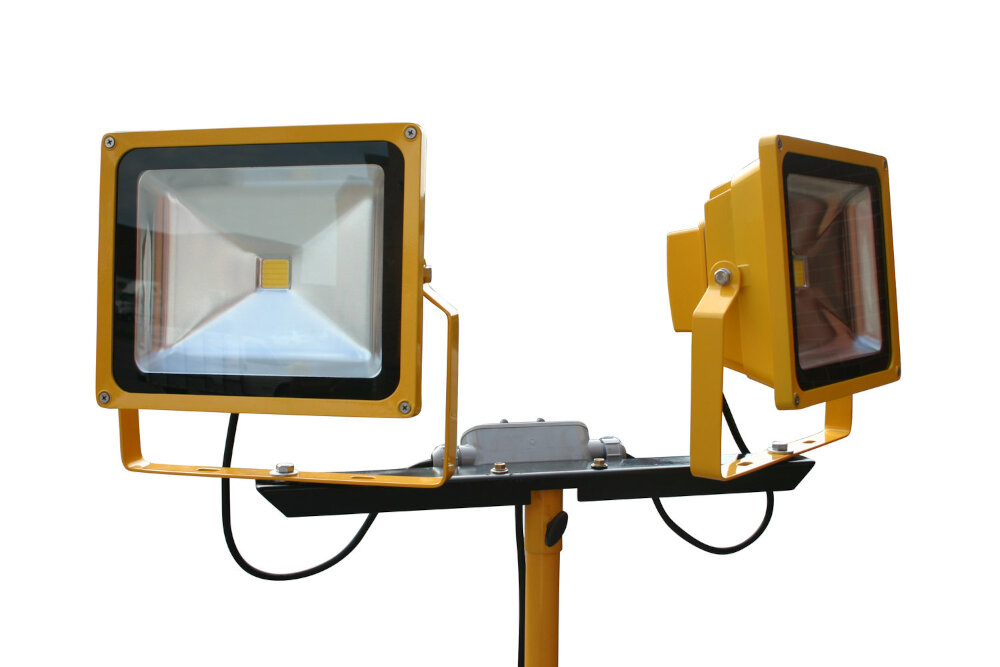
In conclusion, the color of LED light can have a significant impact on the quality of our sleep. While red light may be soothing and calming, it’s not the best color for promoting a restful night’s sleep. Instead, blue and green light have been found to be more effective in regulating our circadian rhythms and promoting deeper, more restorative sleep. By making a conscious effort to use LED lights with these colors, we can potentially improve the quantity and quality of our sleep, leading to numerous benefits for our overall health and well-being. So, let’s prioritize our sleep and choose the right LED light color for a more restful and rejuvenating slumber.




